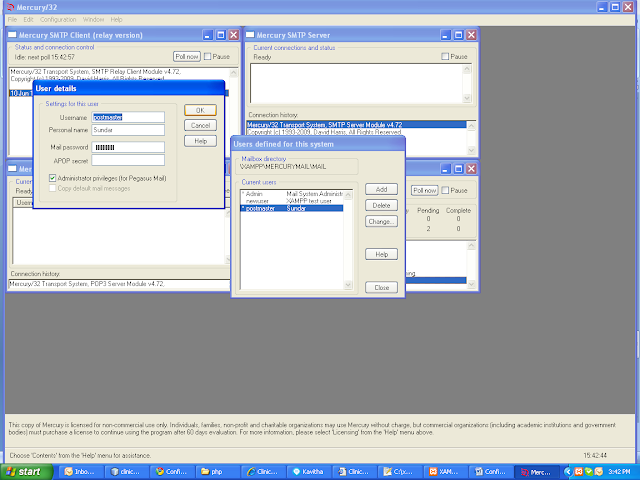TortoiseHg is a Windows shell extension and a series of applications for the Mercurial distributed revision control system. It also includes a Gnome/Nautilus extension and a CLI wrapper application so the TortoiseHg tools can be used on non-Windows platforms. Mercurial is a free, distributed source control management tool. It efficiently handles projects of any size and offers an easy and intuitive interface. Download now Mercurial 5.6 TortoiseHg 5.6 MSI installer - x64 Windows.
Mercurial is a free, distributed source control management tool. It efficiently handles projects of any size and offers an easy and intuitive interface.
This post shows setting up a Mercurial server on Windows/IIS using hgweb.cgi. Mercurial is a slippery slope. Sure, at first, you're just using it to keep a version history of files on your laptop, like a glorified version of CVS. Then you realize how easy it is to clone and sync your project, and pretty. We're piloting Mercurial for both our Windows and Linux projects. Any chances you'll be updating this guide for IIS 7.5? – jscott Mar 22 '12 at 13:34 I will be once I get around to upgrading my server.
- Another OS?
Get Mercurial for: - Mac OS X
- Windows
- other
How you can benefit from Mercurial
- It is fast and powerful
Mercurial efficiently handles projects of any size and kind. Every clone contains the whole project history, so most actions are local, fast and convenient. Mercurial supports a multitude of workflows and you can easily enhance its functionality with extensions.
- It is easy to learn
You can follow our simple guide to learn how to revision your documents with Mercurial, or just use the quick start to get going instantly. A short overview of Mercurial's decentralized model is also available.
- And it just works
Mercurial strives to deliver on each of its promises. Most tasks simply work on the first try and without requiring arcane knowledge.

Mercurial Server Windows

Mercurial Version Control
Quick Start
Clone a project and push changes

Mercurial Server Windows
Mercurial Version Control
Quick Start
Clone a project and push changes
Create a project and commit
Mercurial Software
Prerequisites
Mercurial Server Windows 10
Mercurial is installed on your computer.
- The location of the Mercurial executable file hg.exe is correctly specified on the Mercurial page of the Settings/Preferences dialog.
If you followed the standard installation procedure, the default location is /opt/local/bin or /usr/local/bin for Linux and macOS and /Program Files/TortoiseHG for Windows.
It is recommended that you add the path to the Mercurial executable file to the
PATHvariable. In this case, you can specify only the executable name, the full path to the executable location is not required. Mercurial integration is enabled for the current project root or directory.
If you want to use a remote repository, create a Mercurial hosting account first. You can access the remote repository through a pair of ssh keys or apply the username/password and keyboard interactive authentication methods supported by the Mercurial integration.
Mercurial support
When Mercurial integration with IntelliJ IDEA is enabled, the Mercurial item appears in the VCS menu, and in the context menus of the editor and Project tool window.
The files in the folders under the Mercurial control are highlighted according to their status. See File Status Highlights for file status highlighting conventions.
Modifications results are shown in the Commit tool window Alt+0.
- When using Mercurial integration, it is helpful to open the Console tab of the Mercurial tool window Alt+9, which displays the following data:
All commands generated based on the settings you specify through the IntelliJ IDEA user interface.
Information messages concerning the results of executing generated Mercurial commands.
Error messages.
